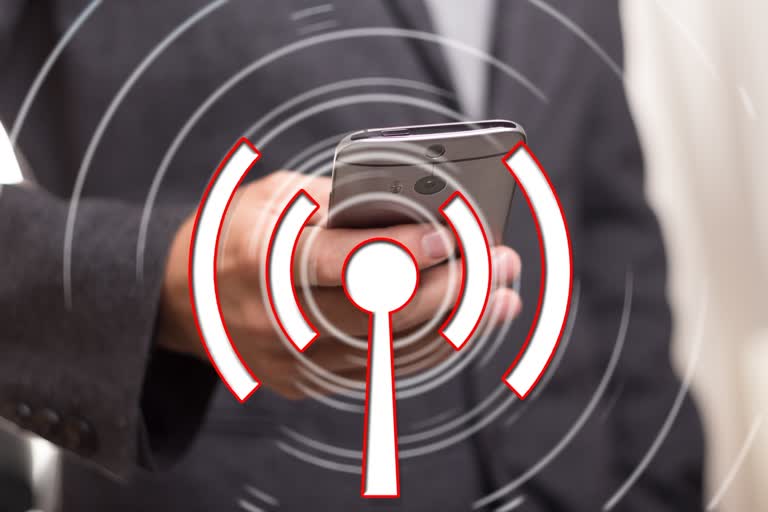New Delhi: Industry body BIF on Thursday slammed "misinformed concerns" over viability of WANI public Wi-Fi model, saying the new framework holds the potential for over 20 million job and entrepreneurship opportunities, besides offering a cost-effective means of mass connectivity through Wi-fi hotspots at a time when mobile data tariffs are rising.
Despite being an affordable option, mobile data tariffs are "rising continuously" with reports in certain sections indicating a further 30-40 per cent possible rise in the near future, said TV Ramachandran, President of Broadband India Forum (BIF), an industry think-tank.
Countering "misinformed concerns" in certain sections over the viability of Public Wi-Fi model, BIF argued that numerous proofs of concept have been performed by the government for several years. Extensive trials were carried out over a period involving the government's own premier R&D institution - C-DoT, in conjunction with startups and entrepreneurs in the small and medium enterprises sector, with support from internet services providers.
Even as indications suggest that mobile data tariffs may rise in the near future, the demand for floor tariffs on data services by the concerned players to ensure the sustainability of operations would also increase the cost differential further.
"Wi-Fi hotspots would therefore continue to offer a more cost-effective option for the common man and could emerge as an affordable means for mass public connectivity,” Ramachandran said.
BIF said the new WANI public Wi-Fi framework holds the potential for over 20 million employment and entrepreneurship opportunities, besides boosting local manufacturing and broadband reach.
It would also provide tremendous impetus to Digital India and Atma-Nirbhar Bharat, BIF said.
The government recently approved setting up of public Wi-Fi networks and access points by local Kirana and neighbourhood shops through public data offices model that will not involve any licence, fee or registration. The public Wi-Fi networks, under WANI, would have an architecture involving multiple players -- Public Data Office (PDO), Public Data Office Aggregators (PDOAs) and app providers.
BIF said usage trends of data services are witnessing a rise in heavy consumption, including video content streaming/downloads to the order of 70-80 per cent, which necessitates higher broadband capacities.
A recent analysis of Quality of Experience (QoE) requirements for distinct use cases reveal minimum upload and download speeds of 14 Mbps as essential for ensuring reliable video streaming and conferencing, which make up a significant proportion of Indian internet traffic.
